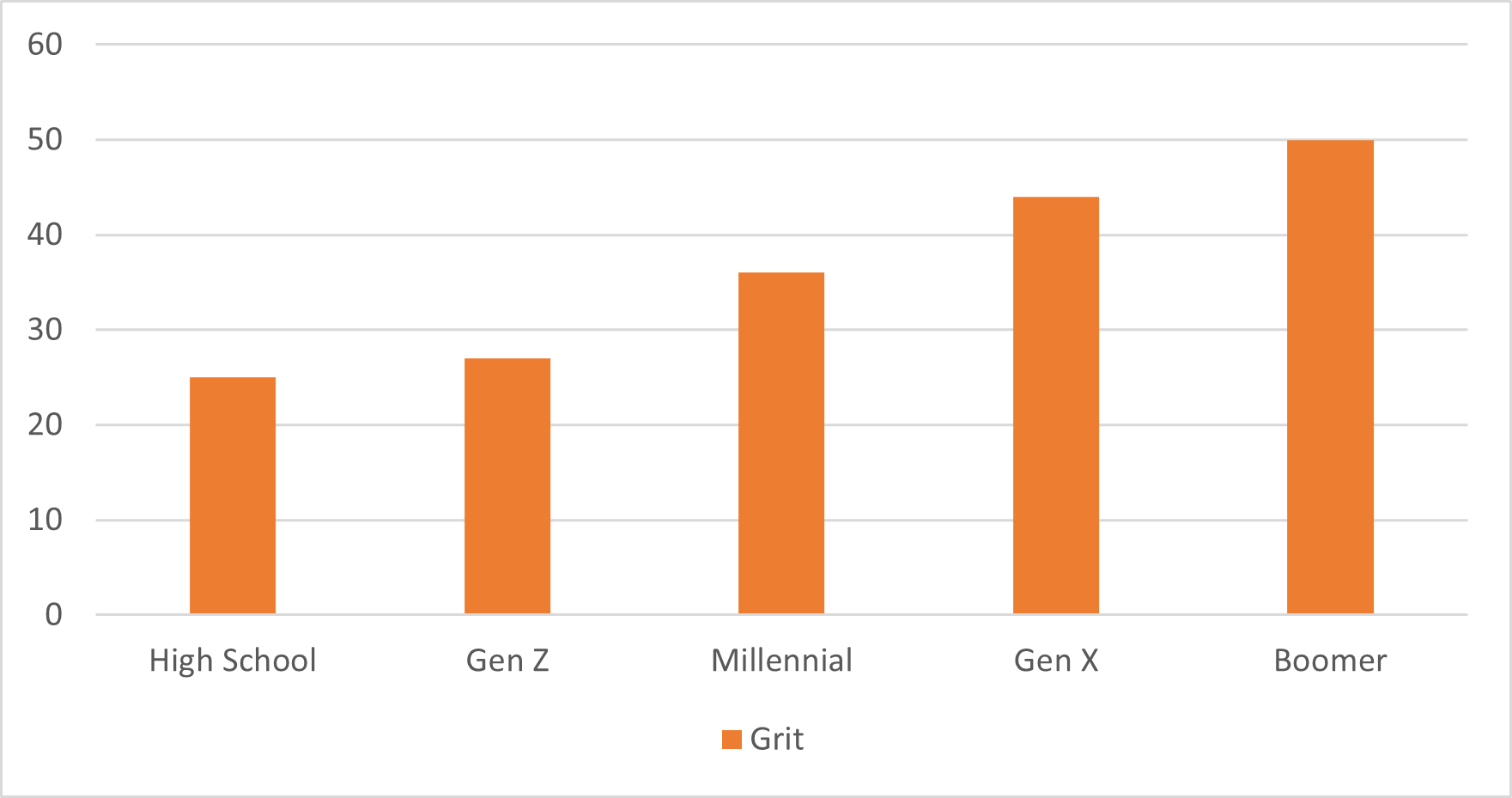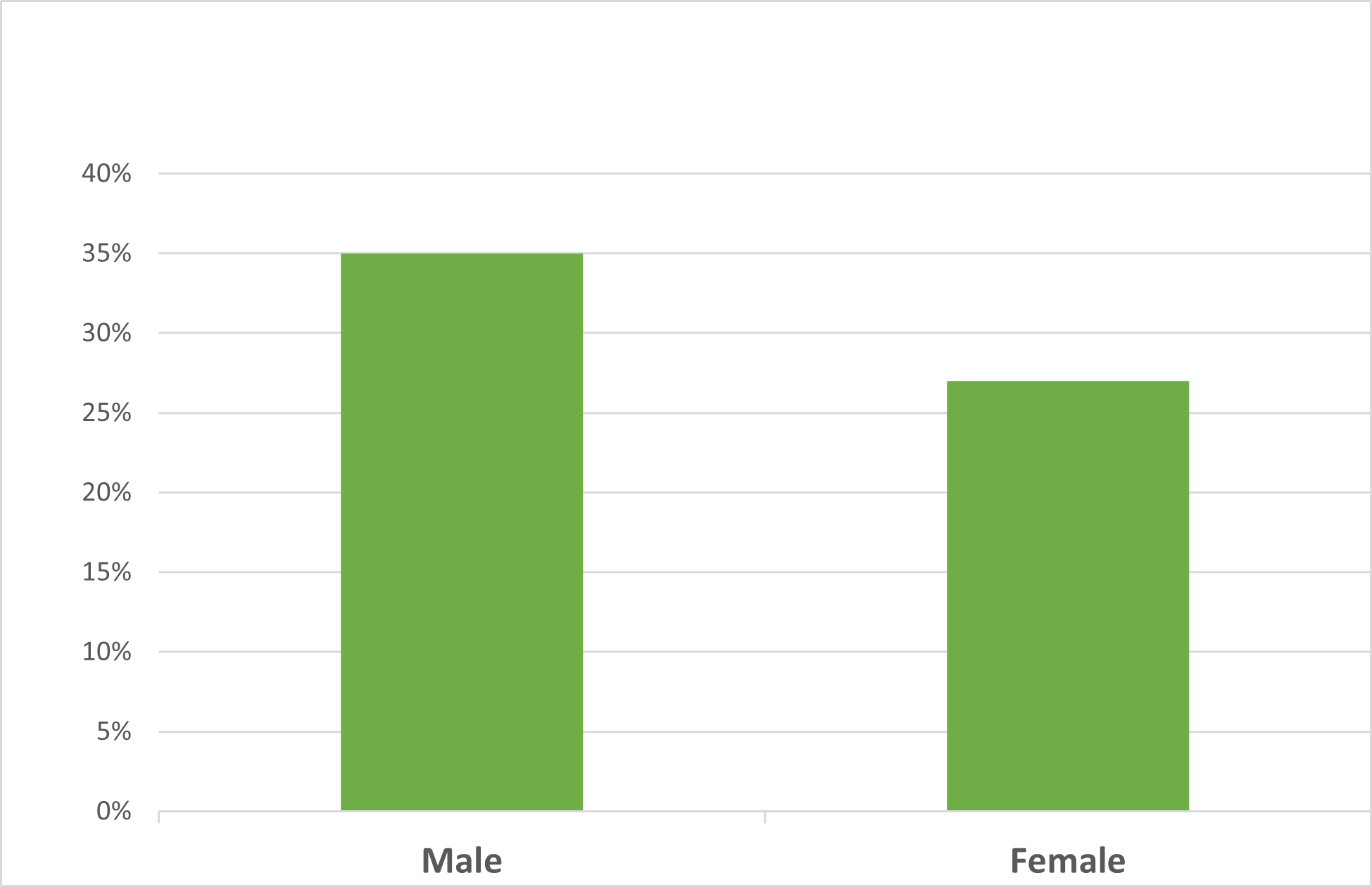
ATS, or Applicant Tracking Screening Systems, are used by the majority of middle-market and larger companies to help cut down the number of applications they need to review while trying to fill a position manually. It’s necessary because the average employer gets at least 250 applicants per position.
However, this makes it difficult for you, the applicant, to get in front of a recruiter. In fact, only 25% of the thousands of applicants applying for a position will actually get their resume read by a real person.75% won’t even get through the ATS system.
A big factor in whether or not you get your resume in front of a recruiter is your keyword optimization.
ATS relies on keywords to optimize its scanning of a document, and if you want a higher chance of getting an interview, you’re going to want to make it as easy as possible for the ATS to see you as a good candidate.
Here’s how to optimize resumes for applicant tracking systems and how to find the right keywords for a resume.
1: Understand the Appropriate Use of Keywords
First, if you’re familiar with SEO or Google rules, the way you use keywords here is similar to that. You need to use them, but you can’t just jam every relevant keyword into every bullet point on your resume.
There’s an appropriate way to use keywords, and if you choose to stuff them everywhere, the ATS will see what you’re doing and discard the application.
Common inappropriate tactics include adding a “keyword” section and listing every relevant keyword possible, copying and pasting the job description, and similar tricks.
Once you learn how to find the right keywords for your resume, your goal is to use them strategically and concisely. This helps the ATS recognize your resume as a potential candidate without tripping any fail safes meant to protect against manipulating the system.
2: Look at the Job Listing
Keywords are entered into the applicant tracking systems by the recruiter leveraging the software. So, the best place to find the words they’re looking for is to simply go over the job listing they created.

When you find a job listing that appeals to you, and you’ve decided to tailor a resume for it, go through the description and find the words that describe both the job and the skills they’re listing. Those are likely the keywords the applicant tracking systems will look for.
This gets more complicated than just inserting them all into your resume, though.
A: Separate Keywords into Skills and Job Descriptions
Sort the results of your resume keyword research into two lists.
One should be skill-related keywords, and the other should be keywords that are generally in the job description. This will help you determine which ones to use and where to use them as you tailor your resume.
B: Use Qualification-Based Keywords as Worded in Job Description
Now, while you’re going over your skills, see if you possess any of the skills and qualifications in the job listing, and compare the wording of the keyword to how you have written in your resume draft.
For example, maybe you’re a great typist and use Word a lot, but you just listed that as general computer skills. The listing specifically says, “Proficient in Microsoft Word”. You can swap out your general wording for what’s used in the job listing.
This can go for any of the keywords. This is also a great opportunity to see if you have a qualification, but you haven’t listed it in your resume at all. When you add it in, use the terminology used in the listing.
C: Use Keywords When Describing Job and Educational Experience
Throughout your resume, you’ll be referring to your educational history and job experience. When applicable, attempt to fit keywords into these descriptions.
For example, if you have customer service experience but the job description describes that as customer support, opt for the job listing’s keyword. They mean the same thing: you have that experience, and that’s what the recruiter is looking for with the ATS program.
Also, whenever you mention which position you’re applying for or the role you look forward to filling, describe it the same way as the job description did.
3: Customize for Each Job Application
This process is a lot lengthier than it sounds. Since you only get one chance to get past the applicant tracking system and in front of a recruiter, you have to make sure each keyword is used naturally, accurately, and optimally.
However, it’s not something you just do once. During a job hunt, you’ll likely apply to a couple of positions per company, and of course, you’ll apply to multiple companies.
You have to follow each step to optimize every application you send for specific keywords, and you have to start from step one each time.

This is another area where applicants tend to mess up their keywords.
Even if a position is practically the same, the keywords programmed into the applicant tracking systems are likely different, and if you just send a copy of your resume to each company, you’ll still get discarded by the ATS at all the companies you didn’t optimize for.
So, make sure you custom-tailor your keywords for every application. Additionally, undertaking a resume quiz could provide valuable insights and help ensure your resume meets all the necessary criteria for each unique application.
Hit Submit and Get the Interview
Now that you know how to optimize resumes for applicant tracking systems and apply these strategies, you might think you’re all set. However, hold on before you hit the submit button.
Even with an optimized resume, there’s room for error that could get you sidetracked by the ATS. Instead of merely submitting and hoping for the best, why not send your resume to Innate for a free resume review? All you have to do is upload your resume and you’ll get back an assessment that tells you what to do for best results. Our team of professional resume writers will scrutinize your resume, ensuring everything is optimized so that your resume will get seen by hiring managers.



